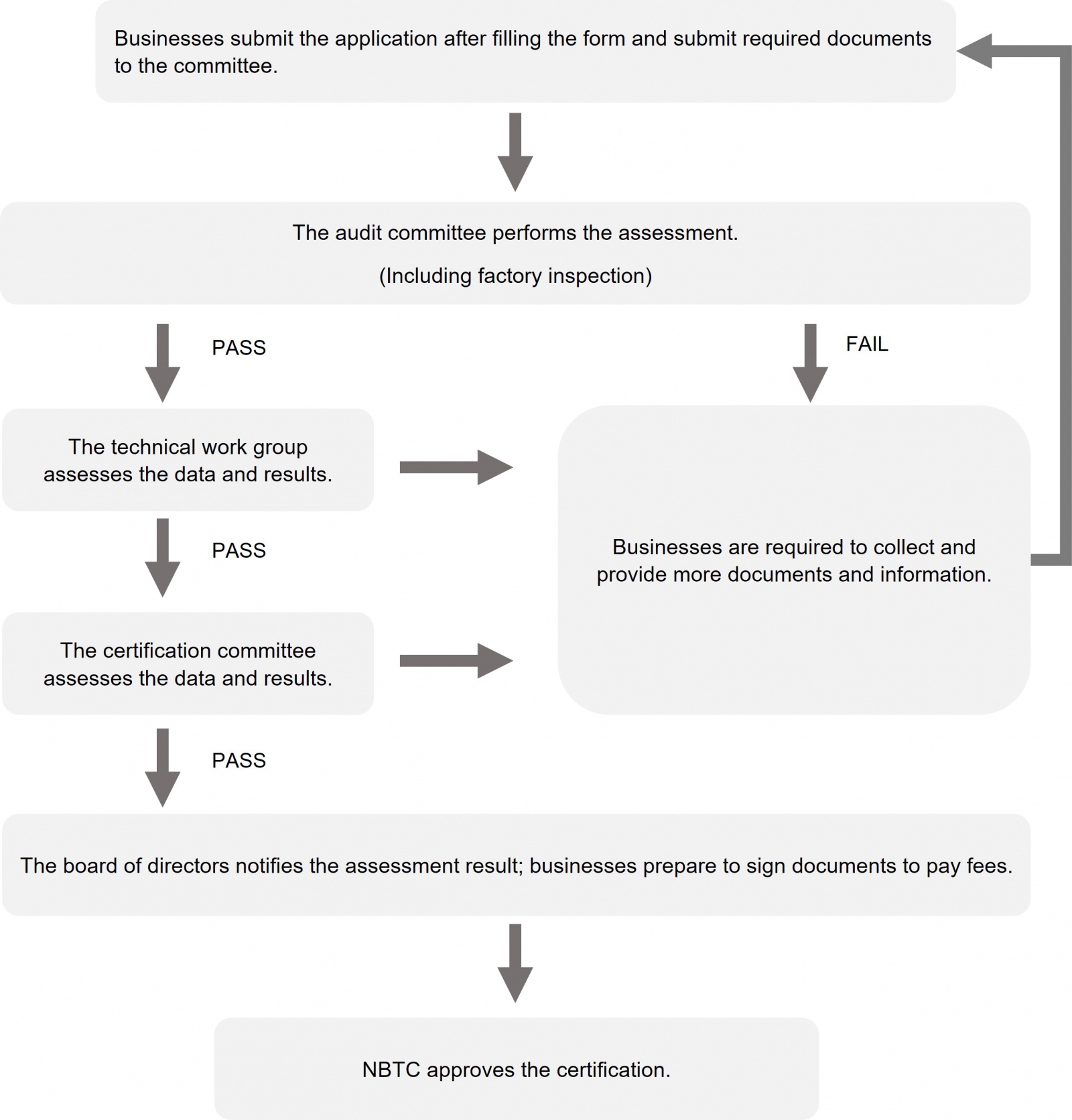Introduction
There are the carbon label and carbon reduction label in Thailand. This article illustrates the latter. To encourage product and service providers to improve the efficiency of their production processes, the Thailand Greenhouse Gas Management Organization (TGO), Thailand Business Council for Sustainable Development (TBCSD) and Thailand Environment Institute (TEI) jointly launched the carbon reduction label which indicates the reduction in greenhouse gas (GHG) emissions from the production of each product and service.
Under the labelling scheme, emissions reduction is graded by 10%, 20%, 30%, 40% and 50%, and is marked with different colors, with emissions reduction indicated in the arrow below the circle. Taking the carbon label of 10% reduction as an example, it indicates that compared with traditional carbon emissions, companies only need to reduce carbon emissions by 10%. The carbon reduction label is valid for three years from the date of approval.
Calculation scope
At present, only the GHG emissions of the production process are considered. The following four factors are considered in the review of the carbon reduction label:
-
Use of electricity
The carbon emissions from electricity used to produce each product and service of the year (data within 12 months) will be compared with carbon emissions in 2002. GHG emission factors of power generation in Thailand are announced by the TGO.
-
Use of fossil fuels in production and transportation of industrial plants
The carbon emissions of the year (data within 12 months) will be compared with those of 2002. Each type of fuel that is consumed a certain amount must be calculated and added up in the individual report in the following order of priority:
(1) Research report on projects of industrial plants joining carbon reduction labeling.
(2) Research report by the Department of Alternative Energy Development and Efficiency, Ministry of Energy of Thailand.
(3) Guidelines for National Greenhouse Gas Inventories by the Intergovernmental Panel on Climate Change (IPCC).
-
Use of raw materials in the production process
Some raw materials used in the manufacturing of products cause carbon emissions, such as the use of limestone in cement production. Therefore, the carbon emissions of each raw material are required to be assessed and calculated. Calculations are made by comparing data of the current year (data within 12 months) with the baseline data in 2002.
-
Waste and wastewater management
GHG emissions are assessed and calculated by considering waste and wastewater management systems and their quantities.
Application procedure

Certification criteria:
(Only the production process is considered)
- GHG emissions related to the above four factors in the production of each product or service are reduced by at least 10% on average. The GHG emissions of the year (data within 12 months) should be compared with those of 2002.
- Outsourced electricity shall not exceed 5% of the total electricity consumption in the production of each product or service, and fossil fuel shall not be used in the production (except for new power generation operators and point to point transport). In addition, waste from the production process (namely wastewater from manufacturing plants and residues of materials) is not counted.
- The used production technology that helps reduce GHG emissions will be considered on a case-by-case basis by the executive committee.
Application fee of the carbon reduction label
The fees are divided into the application fee and renewal fee, which varies according to the number of labeled products.
.jpg)
.jpg)
Illustration
.png)